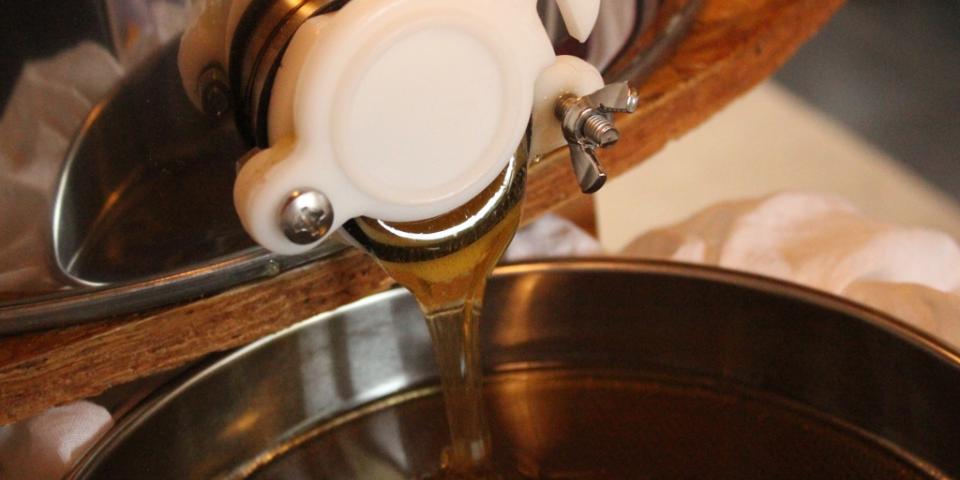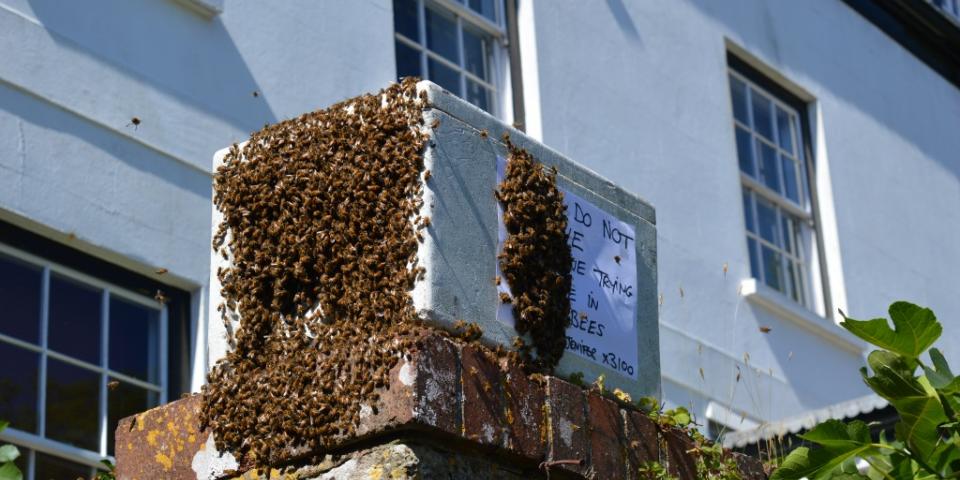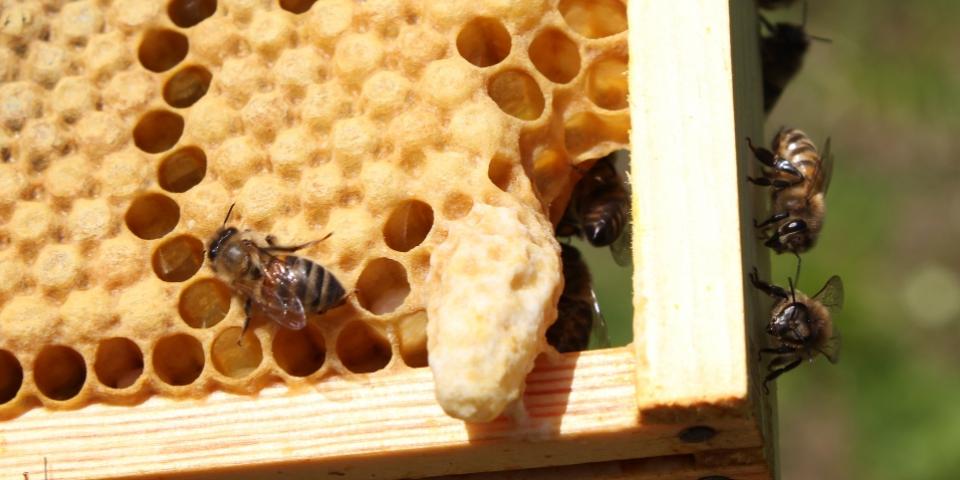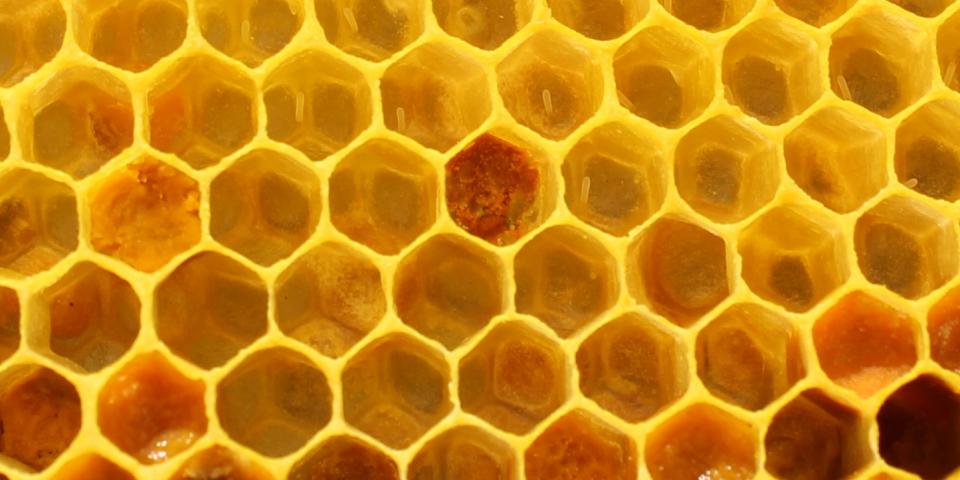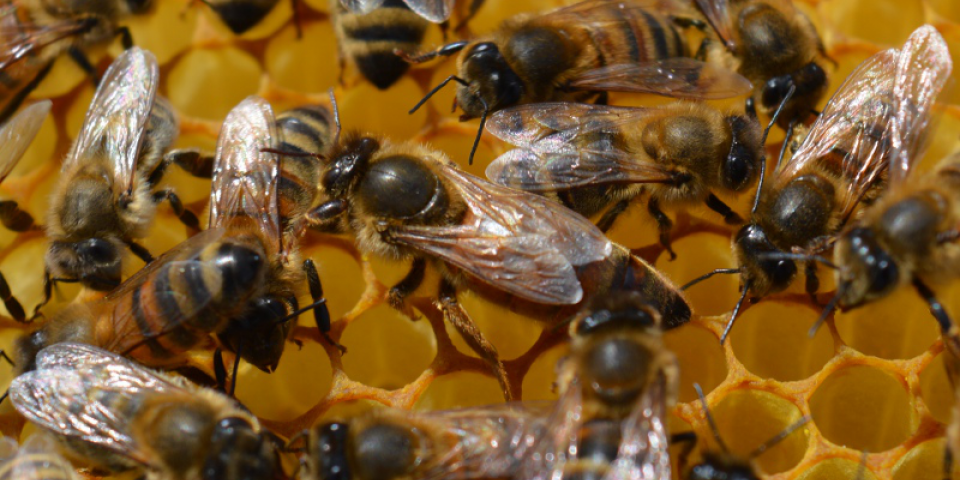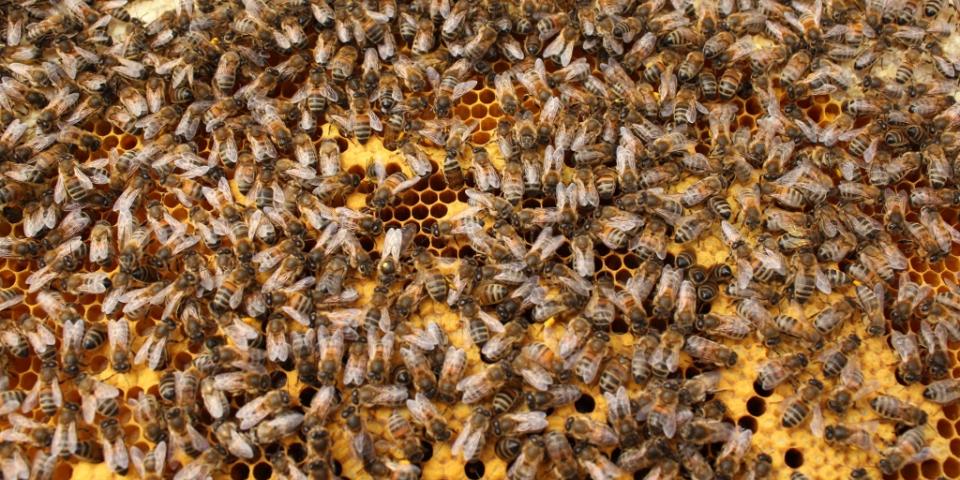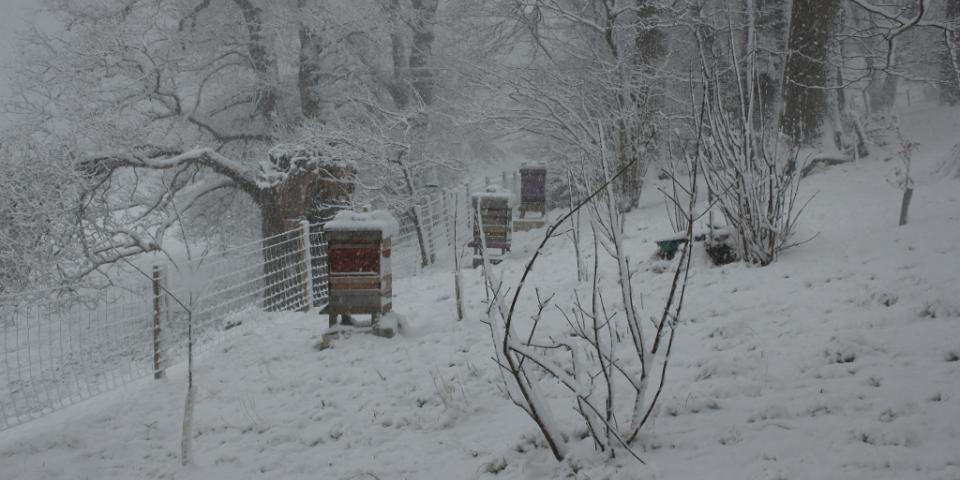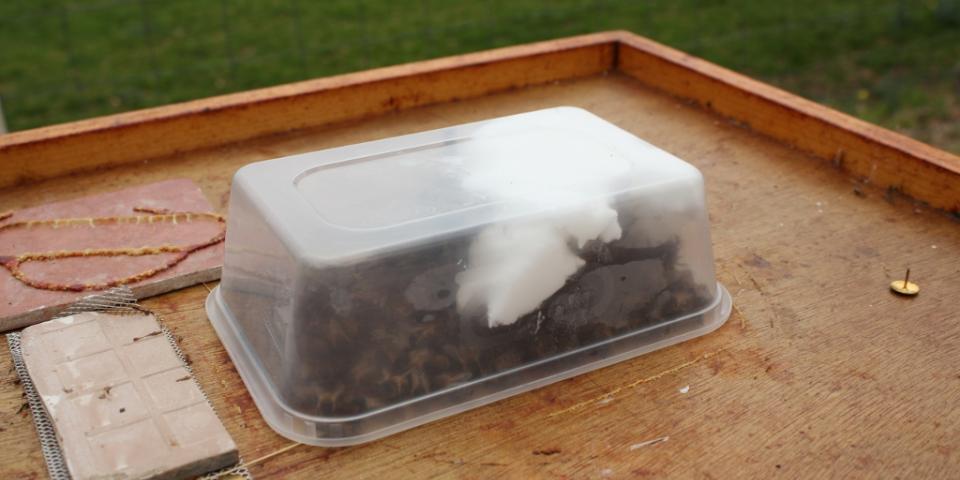- Posted By: beekeeper
- Comments: 0
Opening the honey gate
With the sweltering heat of the summer, the last thing you want to do is put on a beesuit, but the weekly inspections must carry on for a little longer to make sure there's ample space for the queen to lay as well as ensuring there's sufficient space to prevent the colony from getting congested - one of the main reasons why a colony will swarm is not having enough room. However, with a good nectar flow on, the girls are busy bees and there's an abundance of honey being made. That means lifting off very heavy supers to reach the brood box!

